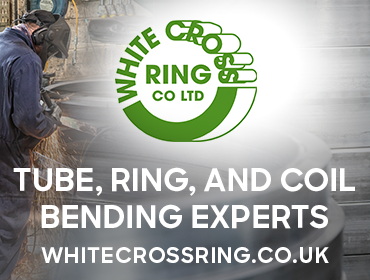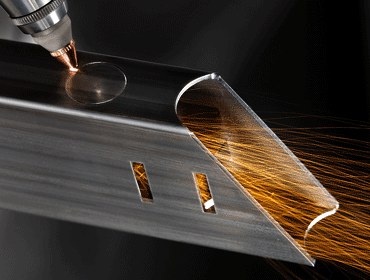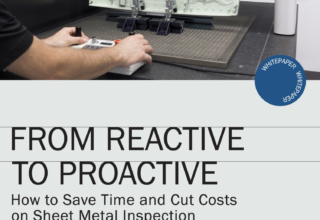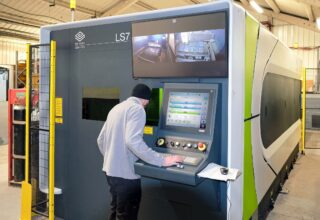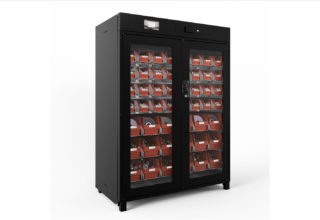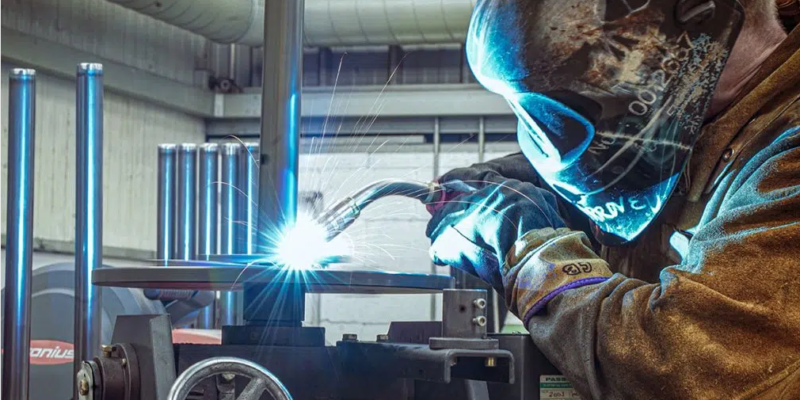
Welding is an art and a science, pivotal in metal fabrication. TIG (Tungsten Inert Gas), MIG (Metal Inert Gas), and MAG (Metal Active Gas) welding are three primary techniques, each with unique strengths and applications.
D&M Design & Fabrication Ltd, harness the power of these methods to cater to a diverse range of projects, ensuring precision, efficiency, and quality. This comprehensive guide delves into the nuances of TIG, MIG, and MAG welding, helping you understand their roles in modern fabrication.

What is TIG Welding?
TIG welding, or Gas Tungsten Arc Welding (GTAW), is a process that uses a non-consumable tungsten electrode to create the weld. Known for its control and precision, TIG welding is predominantly used for welding thin sections of stainless steel, aluminium, magnesium, and copper alloys.
Benefits of MIG Welding:
- Efficiency: Ideal for projects where time is a constraint.
- Ease of Use: More accessible for beginners, with less manual dexterity required.
- Versatility: Effective for a range of materials and thicknesses.
Challenges and Applications:
While MIG welding is versatile and relatively easy to master, it can be less precise than TIG welding. It is extensively used in industrial manufacturing, construction, and where high production rates are essential.
What is MAG Welding?
MAG welding, a variation of MIG, uses active gases (typically a mix of CO2 and argon) for welding carbon and low-alloy steels. It’s primarily used when MIG welding’s inert gases are less effective or too costly.
History and Evolution of MAG Welding:
MAG welding evolved as an offshoot of MIG welding, developed to address the need for cost-effective welding of steels. Using active gases allows for better penetration and stronger welds on thicker materials.
Benefits of MAG Welding:
- Cost-Effectiveness: More economical for certain materials, particularly steel.
- Deep Penetration: Ideal for thick and robust materials.
- Versatility: Suitable for a wide range of steel types.
Challenges and Applications:
MAG welding is generally easier to learn than TIG but requires more skill than MIG. It’s widely used in heavy industrial applications, automotive manufacturing, and construction.

Comparing TIG, MIG, and MAG Welding
Key Differences:
- Gas Used: TIG uses inert gases like argon or helium; MIG uses inert or semi-inert gases; MAG uses active gases.
- Materials and Applications: TIG is best for delicate, precision work; MIG is versatile for both thin and thick materials; MAG excels with carbon and low-alloy steels.
- Skill Level and Speed: TIG requires the most skill and is slower; MIG and MAG are faster and more user-friendly.
Choosing the Right Welding Method:
Selecting the appropriate welding technique depends on various factors like the material type, thickness, desired weld quality, and the project’s scale. TIG is chosen for precision, MIG for versatility and ease, and MAG for cost-effectiveness and robust applications.
Conclusion:
TIG, MIG, and MAG welding each have unique strengths, playing vital roles in metal fabrication. At D&M Design & Fabrication Ltd, our expertise across these methods ensures optimal results for every project. Whether it’s the refined precision of TIG, the efficiency of MIG, or the robustness of MAG welding, our team delivers excellence, meeting the diverse needs of our clients.








